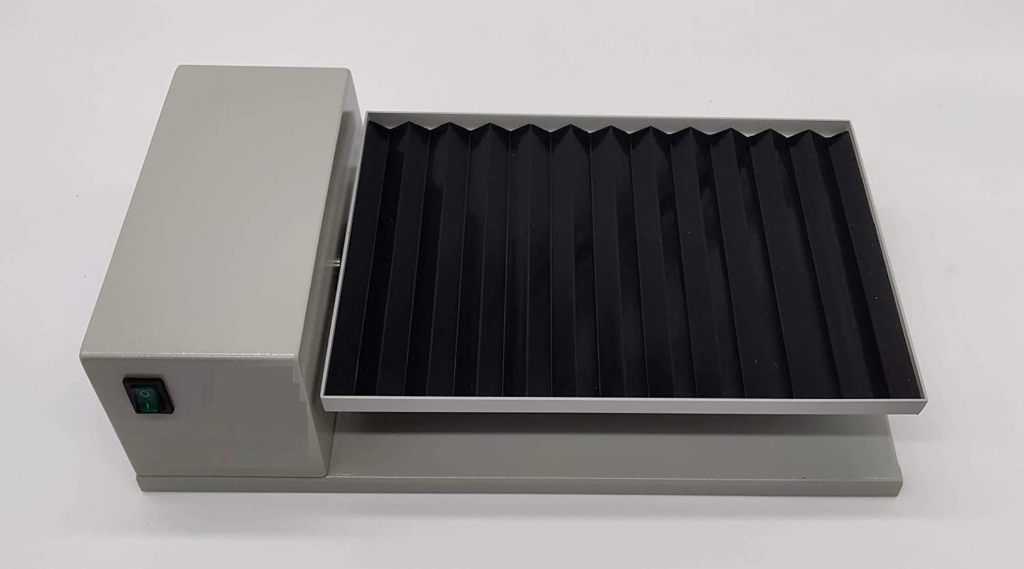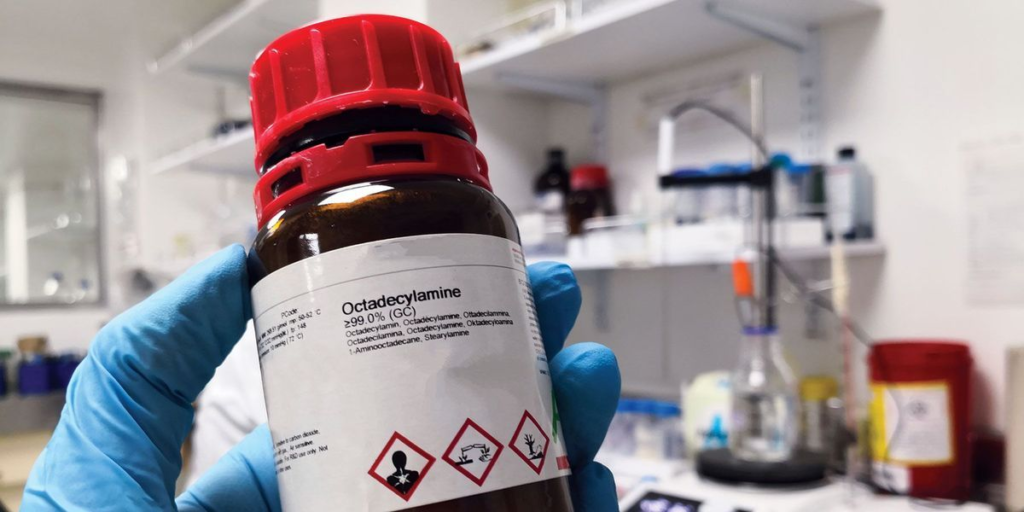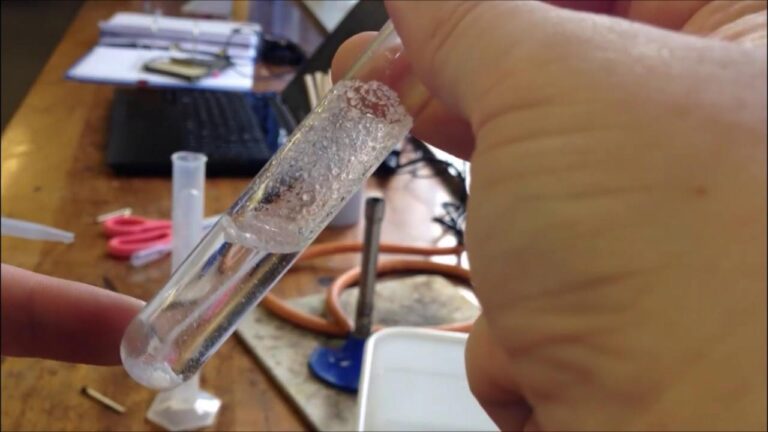Table of Contents
Agitating or mixing laboratory samples in test tubes is important for many science experiments. Scientists use special machines to shake, swirl, or stir liquids inside test tubes to make sure they mix properly. If the samples do not mix well, the results of experiments may not be correct.
There are different ways to agitate or mix laboratory samples in test tubes. Some machines move in circles, while others rock back and forth. Some are gentle, while others shake fast. Choosing the right mixing method helps scientists get the best results in their lab work.
Why Do Scientists Agitate or Mix Laboratory Samples in Test Tubes?
Scientists need to mix liquids in test tubes to make sure their experiments work properly. If the samples do not mix well, the results can be wrong. Mixing helps spread chemicals evenly so that reactions happen the right way.
Many lab tests, like growing bacteria or checking chemical reactions, need good mixing. If a sample sits still, parts of it can settle at the bottom, making the test unfair. That is why scientists use special tools to mix liquids inside test tubes.
There are different machines that help with mixing. Some spin the test tubes fast, while others gently shake them. The right mixing method depends on the type of experiment. Choosing the best way to mix can make lab work easier and results more accurate.
Different Methods to Agitate or Mix Test Tube Samples
Laboratories use many ways to mix liquids in test tubes. Some machines shake, while others stir or spin the tubes. Each method has a special use.
One common way is vortex mixing, where the tube sits on a spinning platform. The spinning motion creates a swirl inside the liquid, making the sample mix fast. This method is good for small amounts of liquid.
Another method is using rockers, which move test tubes back and forth. This is a gentle way to mix liquids and is best for sensitive samples. Scientists choose the right mixing method based on their experiment needs.
How Vortex Mixers Help in Mixing Test Tube Samples
Vortex mixers are small machines that spin liquid inside test tubes. They use a spinning motion to create a fast swirl, helping mix chemicals or biological samples quickly.
These mixers are easy to use. Scientists place the test tube on the machine, and it starts shaking. This helps mix liquids evenly in a short time. Vortex mixers are great for DNA tests, chemical reactions, and microbiology studies.
One benefit of vortex mixers is their speed. They can mix samples in seconds, making them useful for labs that need quick results. They are also small and fit easily on lab benches, saving space.
Shakers vs. Rockers: Which One is Better for Mixing Samples

Both shakers and rockers help mix liquids in test tubes, but they work differently. Scientists choose them based on the type of experiment they are doing.
Shakers move test tubes in a circular motion, creating a swirling effect. They are best for strong mixing and are used in experiments that need continuous shaking. Shakers can mix many samples at once, making them useful for big lab projects.
Rockers, on the other hand, move gently in a back-and-forth motion. They are better for delicate samples, like proteins or tissues, that need slow mixing. They prevent bubbles and keep samples safe from damage.
Nutating Mixers: A Smart Way to Mix Test Tube Liquids
Nutating mixers combine the motion of both a shaker and a rocker. This creates a three-dimensional movement, making mixing more effective and even.
Scientists use nutating mixers for blood samples, tissue digestion, and cell cultures. These mixers work at a slow speed, preventing bubbles and damage. They are great for sensitive samples that need careful handling.
A key advantage of nutating mixers is their smooth mixing. Unlike strong shakers, they do not cause splashing. This makes them a safe choice for delicate experiments.
Shaking Incubators: Mixing and Growing Samples Together
Shaking incubators are special lab machines that mix and grow samples at the same time. They are important in microbiology and cell culture studies.
These machines keep the test tubes at the right temperature while shaking them. This helps bacteria and cells grow faster. Many scientists use them for making medicines, studying bacteria, and testing new treatments.
Shaking incubators save time because they do two jobs at once. Instead of mixing samples by hand and placing them in an incubator, scientists can do both in one machine. This makes research more efficient.
How to Choose the Best Agitation Equipment for Your Lab

Picking the right mixing equipment depends on the type of samples and experiments. Scientists need to consider several factors before choosing.
- Sample type – Some samples need strong mixing, while others need gentle movement.
- Speed control – Adjustable speed helps with different experiments.
- Size of equipment – Small labs need compact machines.
- Ease of use – Simple machines save time and effort.
Choosing the right equipment makes lab work easier and improves results. Scientists should always check their needs before buying.
Safety Tips for Mixing Laboratory Samples in Test Tubes
Lab safety is important when mixing test tube samples. Following safety rules helps prevent accidents and protects samples from contamination.
- Use the right machine – Different samples need different mixers.
- Check the speed – Too much shaking can damage sensitive samples.
- Keep the test tubes secure – Loose tubes can spill or break.
- Wear protective gear – Gloves and goggles keep scientists safe.
Taking safety steps helps keep experiments accurate and prevents harm in the lab.
How Speed and Motion Affect Mixing in Test Tubes
The way a test tube sample mixes depends on how fast and in what direction the machine moves. Some samples need slow mixing, while others require high-speed shaking.
Fast mixing is good for breaking down chemicals quickly. Machines like vortex mixers use high-speed motion to mix samples in seconds. This is useful in chemistry and microbiology labs.
Slow mixing is better for delicate samples like proteins or cells. Gentle rockers or nutating mixers provide smooth movement without damaging the sample. Choosing the right speed and motion is key to good results.
Common Mistakes to Avoid When Mixing Lab Samples

Mixing test tube samples might seem simple, but mistakes can ruin experiments. Avoiding these errors helps get the best results.
- Using the wrong mixer – Some samples need strong shaking, while others need gentle movement.
- Over-mixing – Too much agitation can break cells or damage chemicals.
- Mixing at the wrong temperature – Some samples need a stable temperature for accuracy.
- Not securing test tubes – Loose tubes can spill or break.
Being careful and following guidelines ensures success in lab experiments.
Conclusion
Mixing test tube samples is very important in labs. It helps scientists get the right results in experiments. There are many ways to mix, like vortex mixers, shakers, and rockers. Choosing the right one makes lab work easier and keeps samples safe.
Using the best mixing method saves time and improves accuracy. Scientists must also follow safety rules to avoid mistakes. As technology improves, lab mixing will become even better. With new machines, experiments will be faster, safer, and more effective.
FAQs
Q: Why do scientists agitate or mix laboratory samples in test tubes?
A: Mixing helps spread chemicals evenly so experiments work properly. It prevents substances from settling and makes test results accurate.
Q: What is the best way to mix small test tube samples?
A: Vortex mixers are the best for small samples because they mix quickly and evenly in seconds.
Q: How does a shaker differ from a rocker?
A: A shaker moves in a circular motion for strong mixing, while a rocker moves gently back and forth for delicate samples.
